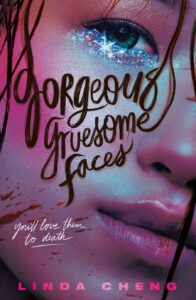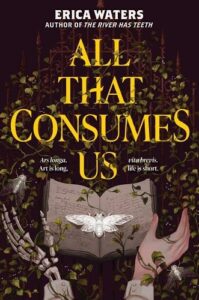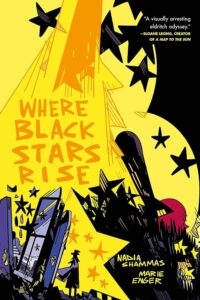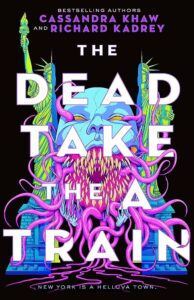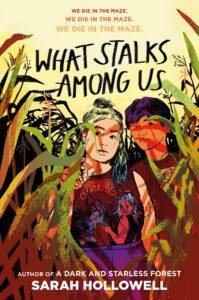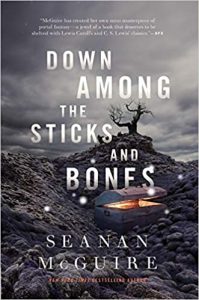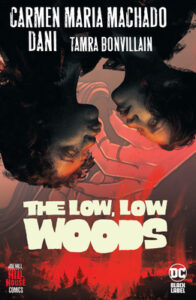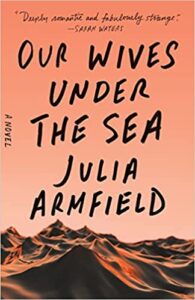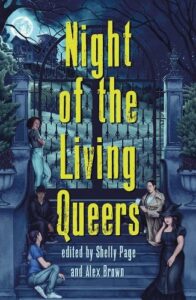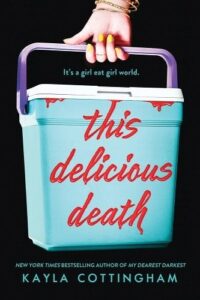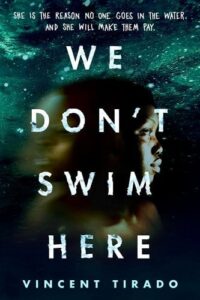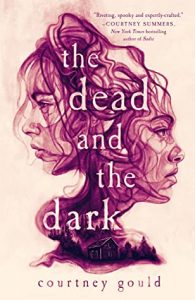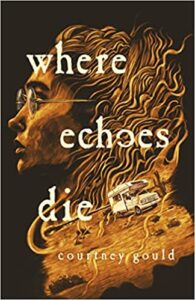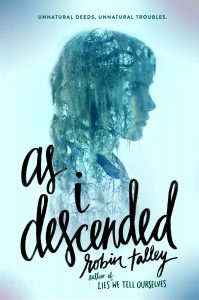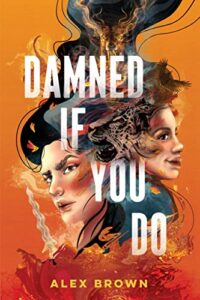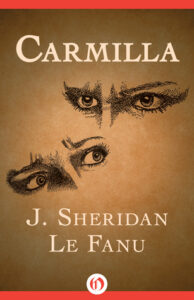Buy this from Bookshop.org to support local bookstores and the Lesbrary!
Content warnings for self-harm, homophobia, racism, sexism, suicide, violence, and gore.
Sunny, Candie, and Mina were a young K-pop group on the rise, starring in a popular TV show that launched their career. That was before everything fell apart. Before Sunny and Candie turned against each other. Before the ritual that went wrong. Before Mina jumped to her death.
Now, Sunny is 18 and feels like the best years of her life are behind her. She squandered her shot at fame, and Candie won’t speak to her. They used to be be inseparable, but now she won’t take Sunny’s calls. While following Candie on social media, Sunny discovers that she’s entered herself into a K-pop competition. To her manager mother’s delight, Sunny joins the same competition, but it’s not really to try to relaunch her career. She wants to reconnect with Candie and finally talk about what happened to Mina, as well as the secrets they’ve been keeping. Meanwhile, something is wrong with the workshop: girls keep getting injured, the hallways seem to rearrange themselves, and Sunny could swear she can see Mina out of the corner of her eye sometimes.
The story rotates timelines between the K-pop competition and the lead-up to Mina’s death. This is described by the publisher as a “speculative thriller,” and I think that fits better than “horror.” There are horror elements, including some unexpectedly upsetting gore, but the majority of the book has an off-putting and surreal feel.
At the workshop, Sunny is placed with Candie as her roommate—but Candie continues to be standoffish even in close proximity. Because I don’t think this is a spoiler, I’ll say that Sunny and Candie’s relationship isn’t strictly platonic, but Candie pushed her away to maintain her image. That history simmers below the surface, and in some ways, this is a bit of a horrormance: their fraught relationship is at the centre of this story.
I don’t want to give away the supernatural element, because the answers to what happened to Mina and what’s happening at the workshop are unspooled throughout the story, but I will say it’s a different focus than I’ve seen in a horror novel before. On the other hand, there is a scene with teeth and scissors that I will truly never be able to get out of my head (bad choice of words…) Because the book is mostly dreamlike and unsettling, that scene really shocked me.
There is more going on here than just shifting hallways and girls with the wrong faces, though. It also touches on the pressures of the K-pop industry and the difficulty of fame, including racism and stalking.
If you’re a fan of K-pop, horror, dark fantasy, sapphic romance subplots, and surreal settings—or any mix-and-match of those—pick up Gorgeous Gruesome Faces. This is Linda Cheng’s debut, and though I thought there were a few clunky lines (especially the dialogue tags, which shows just how picky I’m being), the premise and atmosphere was strong enough to override any drawbacks, and I look forward to seeing how her writing develops in her next books.

